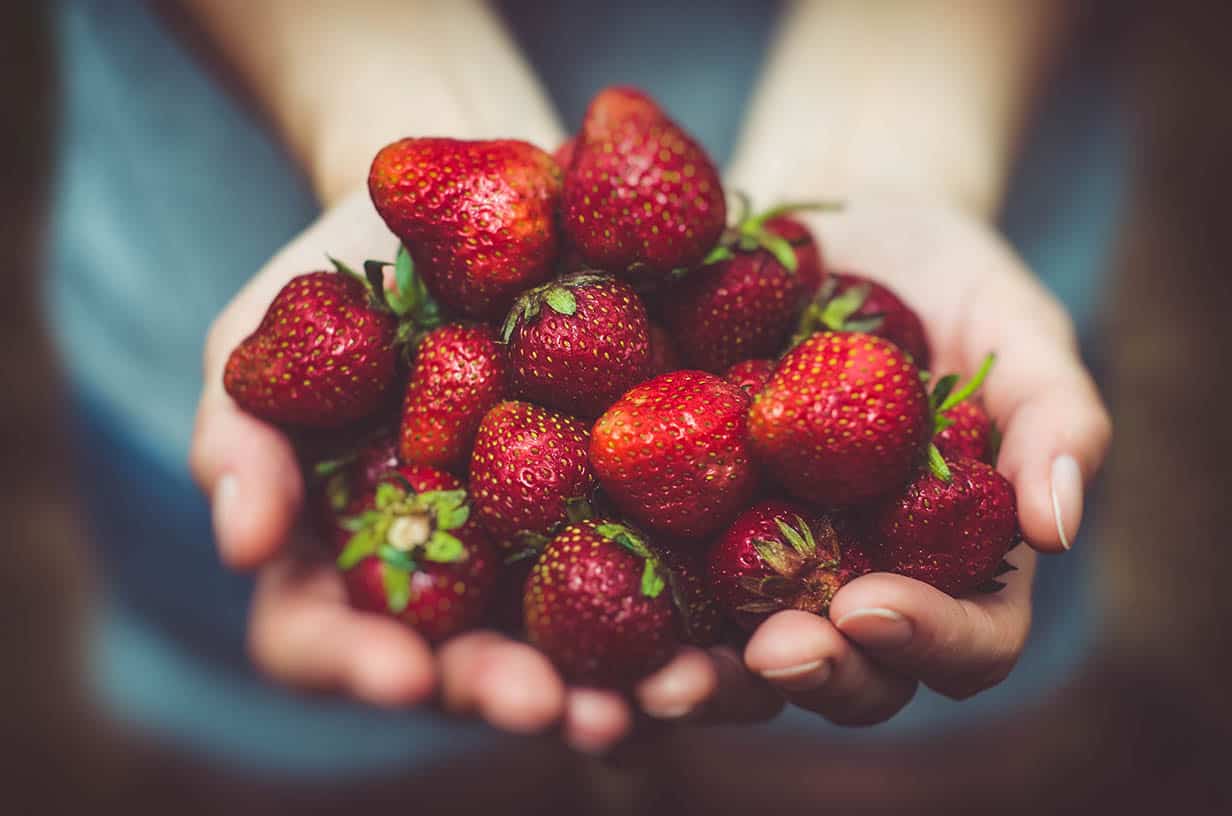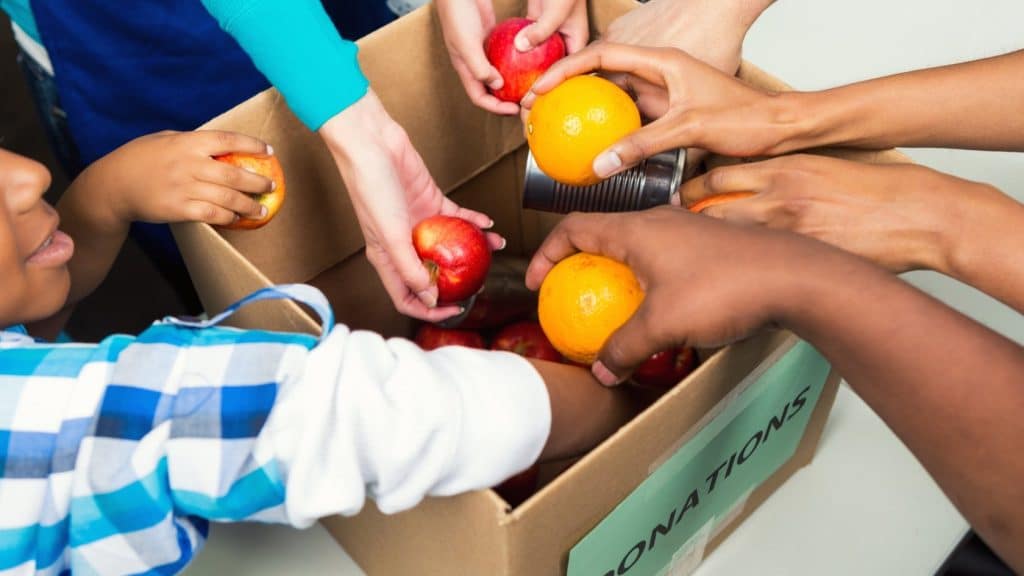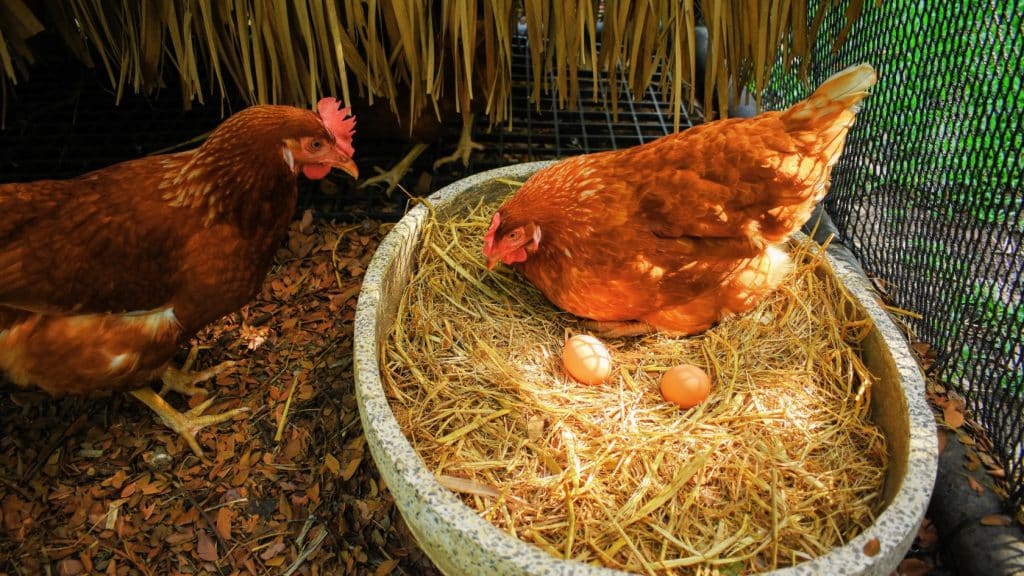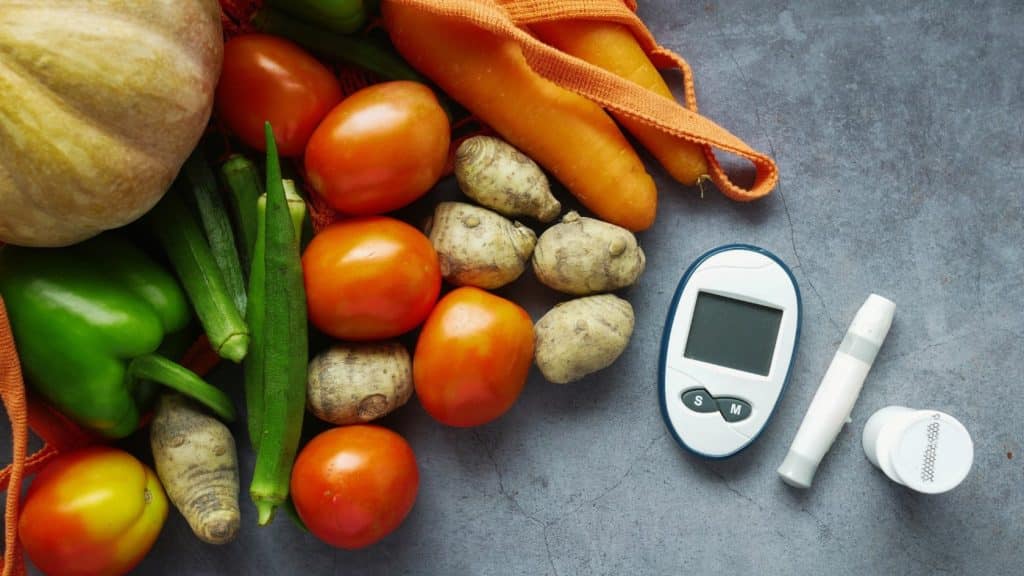This past week, another regional radio station asked for an interview, as many others have in the past, and I was happy to oblige. While each is different, nearly all of them start with “Gary, AmpleHarvest.org is a wonderful idea. How did you come to think of it? Where did it start?”
The answer is that there are two answers.
I was born in the early 1950’s. My folks soon discovered, much to their frustration, that I was a fussy eater. At nearly every meal I turned my nose up at something, and I can still clearly recall my parents’ response: “finish what is on your plate – kids are starving in Europe”. What the food on my plate had to do with someone else somewhere else made no sense to me, but thanks to the constant chiding, I did learn to appreciate what I had.
To this day, I hate waste. That includes wasting time, money, energy, emotions and resources – something that has served me, my career and, I believe, AmpleHarvest.org well.
Fast forward to 2008.
Being a Master Gardener, I was asked to take over the directorship of a community garden in Northern New Jersey. It was there I learned that some of our growers (just like like millions of backyard gardeners nationwide), grew more than they could possibly use and thus left large amounts of their garden produce unharvested. Food was rotting in the garden.
This bothered me. A lot.
I had often grown more than I could use in my own garden and tried to give it away only to discover that there were only so many cucumbers you could give to a friend and still have them call you a friend. I did however find a nearby woman’s shelter that was eager for the excess and I shared it with them. I also learned that they only received processed food – no fresh food, but that is a story for another time.
With that in mind and inspired by a 2008 NY Times photo of wasted food by Bill Marsh, I suggested that the community garden create a committee that would help to gather this extra food and deliver it to local food pantries. My exact quote was “if we are going to have an ample harvest, the least we can do is share it with the food pantries here”.
A phrase and a movement were born.
The community gardeners loved the idea. However, finding food pantries in my town was a challenge. A little bit of research showed me that many pantries operate without an Internet site, outdoor signage, or yellow page listings (do they even make them anymore?), making them largely “invisible” to the community. Even Google listed the nearest food pantry as being in a town 25 miles away even though our own town had several of them.
On the evening of March 19, 2009, it dawned on me that if I was having a problem finding food pantries, so would every other gardener in America. By nature, I am a problem solver and the answer here seemed really obvious to me. America needed a “Google” type solution for the American food bank network. (Google has since become the largest supporter of AmpleHarvest.org – thank you very much, Google!)
Like many other people, I have ideas all the time but I don’t do anything with them. This time was different.
I did something other than nothing.
I checked to see if the domain AmpleHarvest.org was available. It was and I grabbed it. That cost me $9.00.
Remember the part about hating waste?
Now that I’d spent the $9.00, I couldn’t just walk away so I started mapping out the seed of an idea in PowerPoint. I expected it to be an outline on a single slide,
As it unfolded, I saw that nearly everything needed to provide fresh food to tens of millions of food 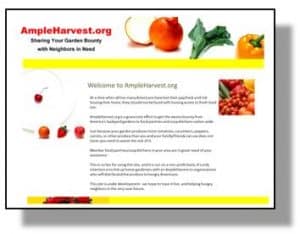
All I needed to do was create a virtual solution to hunger by connecting the dots, and I realized that it could be done in three easy steps:
- educate 40 million growers nationwide that they could donate the food to a nearby food pantry
- encourage them to do so and then
- enable them to donate the food.
Realizing that this was not a one person project I got the help of two web designers who donated their time and amazing talent – Maureen Shryock and Josh Kopf. As soon as I explained the vision to them, they “got it”. Maureen, with her gifted eye for color and layout did the front-end design and Josh, an expert in data systems, did the data file related code. I did all the content.
If it is pretty, Maureen did it, if it is data, Josh did it and if you can read it, I did it.
The entrepreneurial side of me moves fast. But, there was an urgency created by the fact that the country was in an economic meltdown, millions were losing jobs and we were just entering peak gardening season. AmpleHarvest.org went from an idea to a nationwide roll out in only seven weeks.

Once the site was built, tested, and launched it was then my job to tell America about it. The word spread fast. Only 150 days later, which happened to be World Food Day, the 1000th food pantry joined AmpleHarvest.org. Today, 1 out of every 5 (and growing) food pantries in America belongs to AmpleHarvest.org.
I’ll likely be continuing to repeat this story to many other interviewers down the road but now you know – AmpleHarvest.org grew out of my being a fussy eater as a child.
And an epiphany.
P.S. If you are a reporter, visit AmpleHarvest.org/press for more info then let’s talk. Plus you’ll already know how I came up with the idea.
